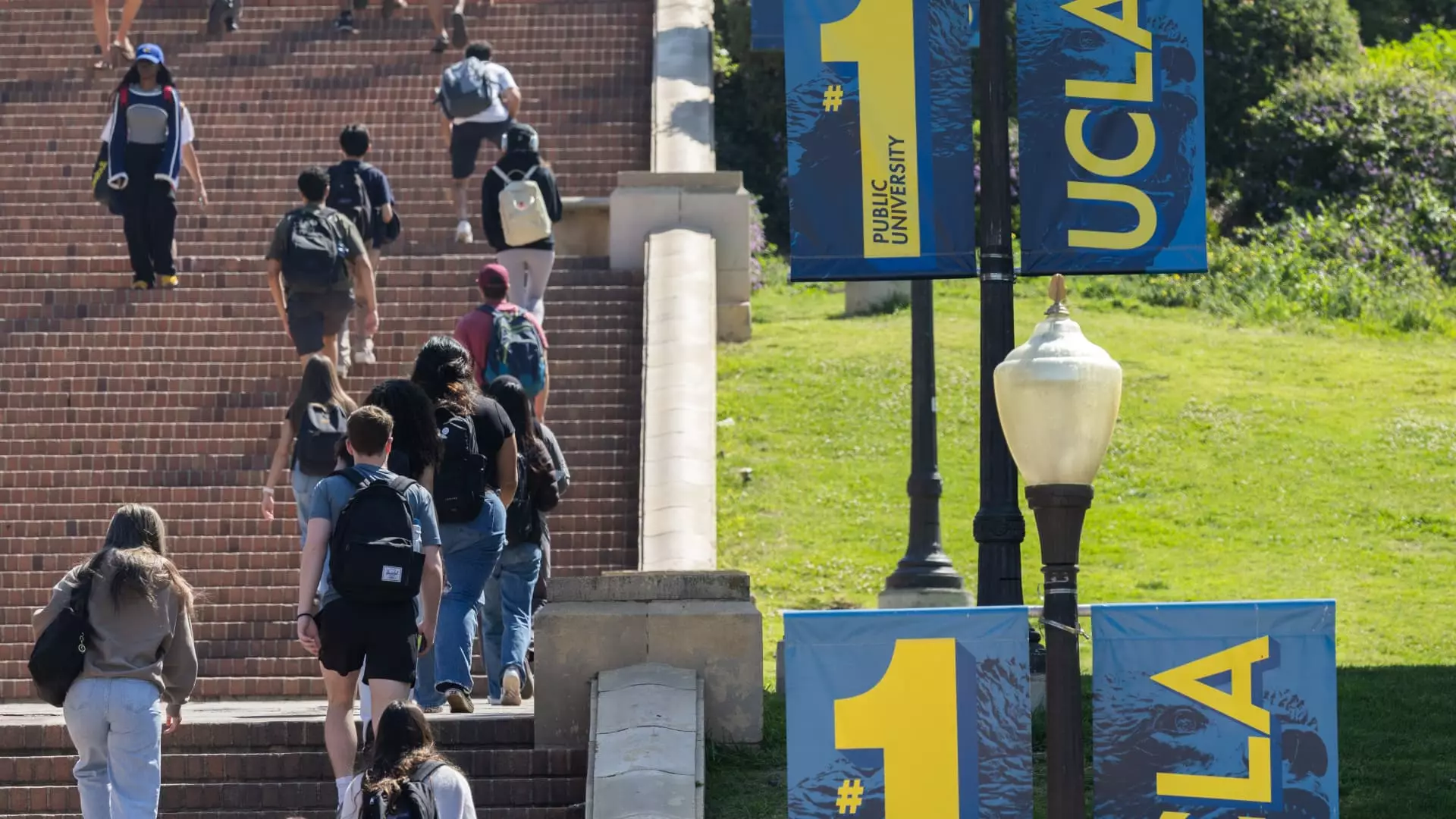For many families, the journey into higher education is riddled with both hope and disappointment. Despite the widespread belief that they are financially ready to face college expenses, a stark reality reveals a chasm between expectation and affordability. Parents, often overwhelmed by a false sense of confidence at the acceptance letter stage, find themselves ill-equipped when bills commence arriving in earnest. This disconnect is not merely an administrative glitch; it exposes a fundamental flaw in how society and policymakers perceive and address the rising cost of education.
The data paints a damning picture: while over half of parents initially feel confident managing college costs, only a scant 21% genuinely feel prepared to meet the bill when it becomes due. This gap underscores a dangerous complacency, driven by optimism or perhaps misinformation, that glosses over the severity of the financial burden that higher ed entails today. Families are lulled into a false sense of security by federal aid and grants that have failed to keep pace with escalating tuition, creating a false narrative of affordability that ultimately leaves many scrambling at the last minute.
This scenario reveals a broader systemic failure—an education financing model that is fundamentally unsustainable. The undercurrent of this issue is the misconception that aid programs can bridge the gap between tuition hikes and the shrinking capacity of families to pay without significant sacrifice. Such an assumption is dangerously naive, especially as the cost of attendance continues to skyrocket, outpacing inflation and household income growth year after year.
The Escalating Cost of Education: A Crisis We Refuse to Confront
A closer look at the financial realities of college funding demonstrates how out of touch the narrative of “affordable education” has become. Since the early 1980s, tuition costs have surged an average of 5.6% annually—more than double the rate of inflation—and institutions now regularly see four-figure expenses crossing the $100,000 mark for a single academic year. The trend is unsustainable, yet public discourse and policy responses have remained tepid.
Although families report spending an average of around $31,000 per year on college (according to Sallie Mae), that figure still accounts for a 10% increase from the previous year, hinting at an ongoing spiral of costs. These expenditures are often cushioned by a combination of savings, student loans, and scholarships. However, reliance on scholarships is limited; only about 60% of families utilize this resource, and even then, the typical award only covers around $8,000. Meanwhile, the majority of educational expenses are disconnected from federal assistance, which complicates what should be a straightforward cost-offset.
The stubbornly low engagement with federal aid programs, exemplified by only 71% of families submitting FAFSA forms—down from 74%—underscores a misplaced sense of security or lack of awareness. Despite the existence of tax-advantaged 529 plans, usage remains minimal, with less than a third of families investing in them. The reasons are multifaceted: misconceptions about the purpose of these plans, lack of understanding of their benefits, or simply a sense that they are not worth the effort or are inaccessible.
In a society where wealth disparities are widening, this ignorance and underutilization of effective savings strategies serve only to deepen the financial inequities associated with higher education. The failure of families and policymakers to recognize and promote better planning options perpetuates a cycle of debt and unmet expectations.
The Real Cost of Higher Education: A Growing Disillusionment
An insidious consequence of this financial crisis is the shifting perception of higher education among students. The relentless rise in tuition and debt, coupled with the realization that earning potential does not always justify the cost — especially when debt is factored in — is leading to a decline in enrollment and a reevaluation of traditional paths. Many young adults are opting out or seeking alternative routes, such as vocational training or community colleges, which often pose a more pragmatic and less burdensome financial proposition.
This shift signals a fundamental flaw in the higher education system that often sells a one-size-fits-all narrative emphasizing a college degree as the ultimate ticket to success. In reality, the soaring costs and mounting student debt are dismantling this narrative, fostering disillusionment. It is a stark reflection not only of economic mismanagement but also of a societal tendency to ignore the systemic problems ingrained within the education funding model.
Furthermore, the misconception around 529 plans illustrates how misinformation hampers effective financial planning. Many families are either unaware of their existence or don’t realize that these plans can fund a variety of educational endeavors beyond college, including early childhood education and vocational training. This oversight hampers efforts to mitigate the impact of rising tuition and reinforces the myth that only savings can solve this crisis.
At its core, the current approach to higher education finance is a fragile system facilitated by misplaced optimism and a lack of political will for genuine reform. The result is an erosion of trust among families, students, and policymakers—a cycle of denial that exacerbates the crisis instead of addressing its roots. It is high time that the conversation shifts from superficial fixes to confronting the structural failures that make higher education increasingly inaccessible and unjust.
—
*This critical reflection exposes the deep flaws in how society perceives and manages the financial challenges of higher education. It underscores the urgent need for transparent policies, widespread awareness, and systemic reform—before the dream of a college education turns into an insurmountable nightmare for future generations.*

